Based on his family history, 45-year-old Nick Paradiso figured he could consider himself a likely candidate for a heart attack—in about 20 years.
When he woke up one morning last summer with an odd feeling in his chest, he simply blamed allergies.
Really bad allergies.
He and his family had just returned from a pilgrimage to explore their Italian roots, and his allergies had bothered him overseas, too.
“I thought, ‘I guess they have a lot of pollen in Italy,’” he said.
But on this particular morning, it became unbearable. His first coffee of the day didn’t help. Getting fresh air didn’t do the trick either.
By the time he got out of the shower, he decided to call his primary care physician for a same-day appointment.
At first glance it could have been an allergy attack, according to the physician assistant who saw Paradiso that day. By all indications, his allergies were getting worse and he could have been developing asthma.
Because of the chest pain, however, the physician assistant also ordered an electrocardiogram to evaluate his heart.
Within minutes, paramedics were loading him into an ambulance and whisking him off to a Spectrum Health emergency department. From there he went to the Spectrum Health Fred and Lena Meijer Heart Center.
From terrifying to amazing
Paradiso soon learned he suffered a heart attack, although he didn’t know the extent of it. He had a life-threatening ST-elevation myocardial infarction, or STEMI.
As the elephant-on-the-chest feeling grew more intense, he wondered if the time had come to call his priest.
Enter Spectrum Health cardiologist Ryan Madder, MD.
Dr. Madder performed a balloon angioplasty that eliminated the blockage in the artery and placed a stent to keep the artery open.
During surgery, the doctor and the STEMI team of nurses and technicians used imaging techniques and tools—intravascular ultrasound and near-infrared spectroscopy—for a better view of the heart. This enabled a safer procedure and a greater chance of long-term success.
Dr. Madder is an expert in intravascular ultrasound and near-infrared spectroscopy. He has published a number of papers in scientific journals on these topics and has lectured around the world about this technology.
Paradiso didn’t think about these details. He only knew it all happened very quickly.
“It’s like NASCAR,” Paradiso said. “I was introduced to Dr. Madder, and 37 minutes later I was in the recovery room. … It went from a terrifying moment to amazing.”
A new lifestyle
After a short stay in the hospital, doctors released Paradiso and assigned him to cardiac rehab.
“I didn’t think I would like rehab, but I actually did,” he said. “The people were amazing, all very caring and kind. And you meet all kinds of interesting people.”
He also met with a dietitian who opened his eyes to some of his nutritional mistakes, such as eating sodium-laden soup for a “healthy” lunch, which he learned could impact his blood pressure.
Paradiso has since acquired some new habits and a slimmer waistline.
“The biggest changes have been that I eat better and I exercise more,” he said.
He also takes medication to prevent future heart attacks and he’s participating in a cardiac research study at his doctor’s request.
“I believe Dr. Madder saved my life, so anything he asks of me, I’m more than happy to do,” Paradiso said.
He still fights his allergies and he’s aware—probably overly aware—of any discomfort that arises in his chest.
But mostly, he’s grateful.
“By the grace of God, it’s a year later,” he said. “And here I am.”

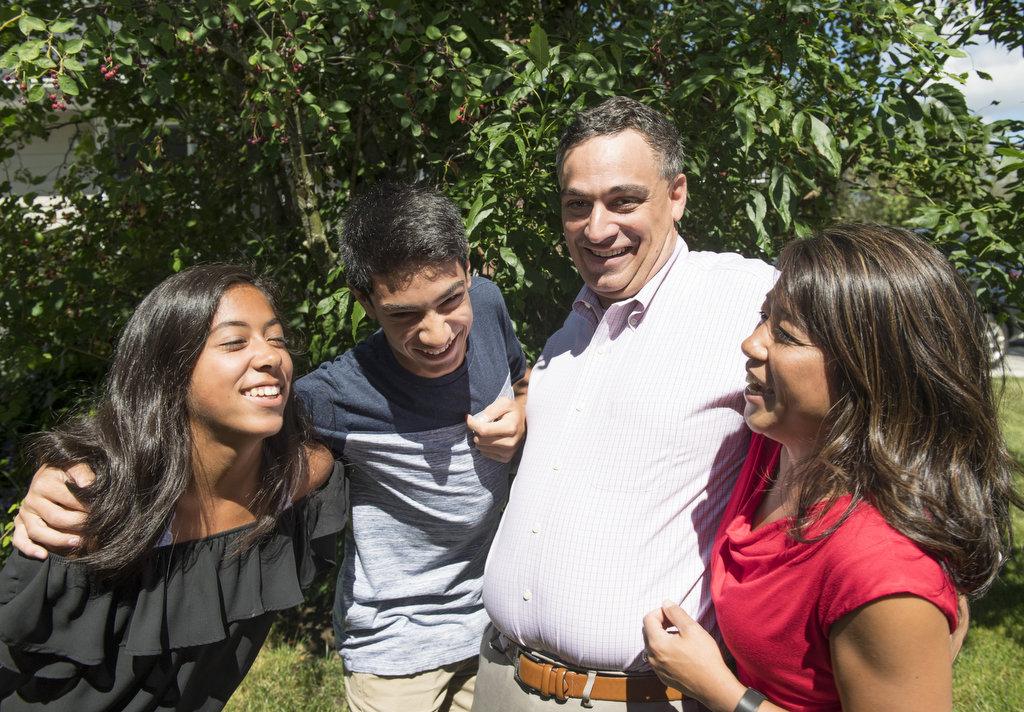

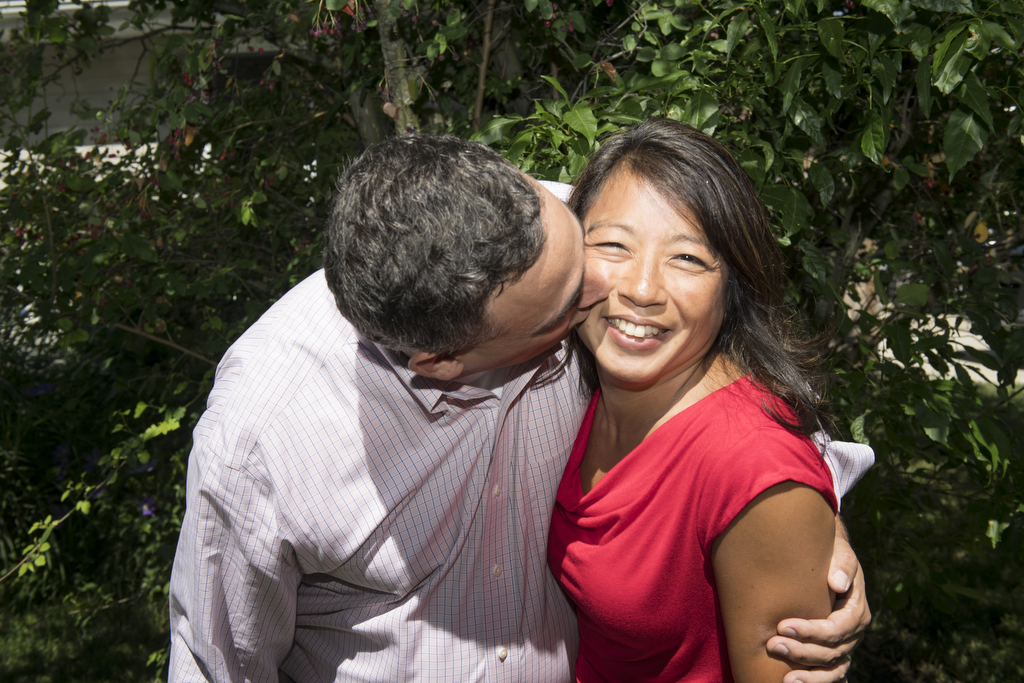
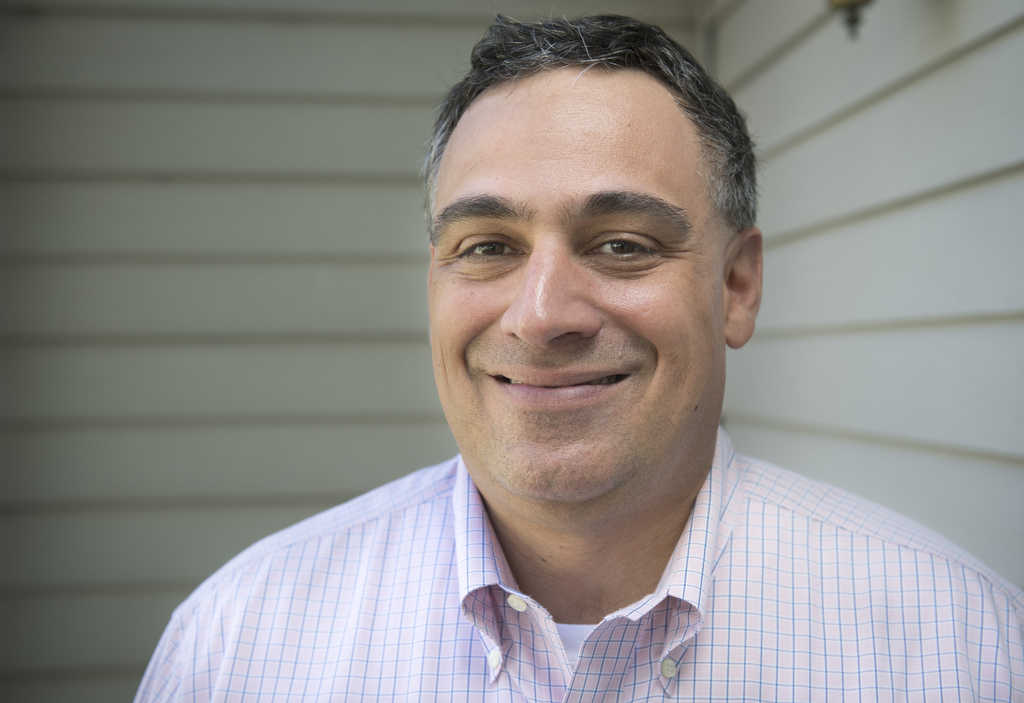


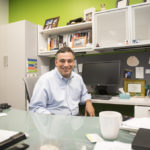

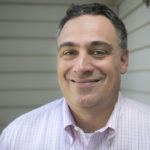
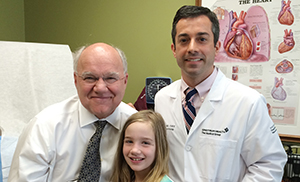 /a>
/a>
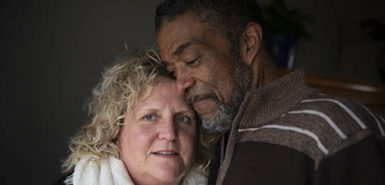 /a>
/a>
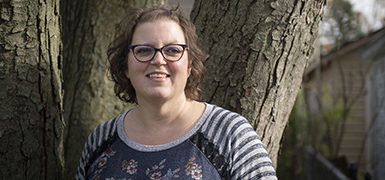 /a>
/a>